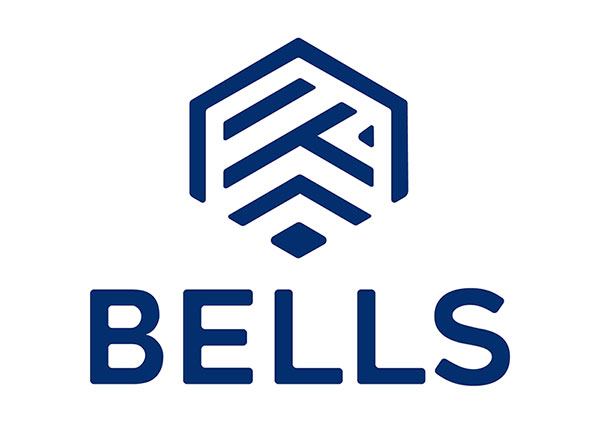
Persuade Your Audience with Powerful Presentation
In business, presentations can be an effective persuading tactic. You can gain support for your ideas or plans and successfully convey your message by using a well-designed and delivered presentation. The art of persuasion in business is all about persuading people to view things your way and comply with your requests. Presentation skills training course will help you understand the strategy for getting other people to act in a certain manner or choose a course of action that is advantageous to you or your business.
Sales, marketing, negotiating, and team management are just a few corporate contexts where persuasion can be applied. Understanding the psychology of the individual or group you’re attempting to persuade will help you utilize language and persuasive techniques that will resonate with them.
Presentation skills training also incorporates developing a rapport with your audience, supporting your points with facts and reasoning, and engaging them on an emotional level.
There are 3 most important considerations to bear in mind while trying to persuade your audience or directors during a presentation:
Persuasion is not about deceiving or manipulating people; rather, it is about establishing common ground and assisting them in seeing the value in what you are offering.
1. Recognize your target audience:
Know the requirements, issues, and interests of the audience you will be addressing. This will make it easier for you to modify your language and message to their needs.
This means that you must spend time learning about and understanding the audience before you start working on your presentation.
Understanding their includes getting a clear idea of-
- What are their aims, targets, and difficulties? How does your proposal fit these requirements or appeal to them?
- What potential objections or worries do they have with your proposal? What steps can you take to address or allay these worries?
- What are their priorities and areas of interest? How can you make your idea more pertinent to and appealing to them by making a connection between it and their interests?
Presentation skills training helps you understand your audience and customize your message and language to appeal to them and improve the effectiveness of your presentation. You might emphasize how your idea can help a group of business owners raise profits or cut costs, for instance, if you are presenting to them. If you are making a presentation to a group of government representatives, you can concentrate on how your suggestion can help the community or fit with the aims of the administration.
Understanding your audience’s demographics and level of knowledge is also crucial. This will enable you to modify the degree of depth and presentation complexity that you use.
2. Use evidence:
Support your statements and points of contention. Building credibility and trust with your audience will be enhanced by this.
This means that you should provide evidence and research to support any assertions or arguments you make in your presentation. By demonstrating to your audience that your plan is supported by facts and data rather than just opinions or assumptions, you may increase your credibility and help them trust you.
Presentation skills training practices on some important aspects of evidence presentations like-
- Being highly relevant: A direct connection between the evidence you utilize and the assertions or arguments you are making is essential. Irrelevant and superfluous information should be avoided.
- Being credible: Use reliable sources and correctly citing them. Useless or potentially biased sources ought to be avoided.
- Being precise: To convey your evidence, use basic language that is simple to understand. Don’t use complex jargon that your audience might not comprehend.
- Using visuals: To help explain your points and make your proof more interesting and simple to understand, use charts, graphs, and other visual aids.
- Displaying the impact: Demonstrate how your suggestion will affect the audience, either directly or indirectly. Give the facts or figures that prove your assertion. You may show the worth and advantages of your idea by providing proof in your presentation, which will help to increase support for it.
3. Be persuasive, precise, and confident:
Even any public speaking course will teach you on how to appeal to the emotions of your audience by using persuasive strategies like storytelling, emotive appeals, and rhetorical questions. Making a good impression and effectively expressing your idea during a presentation depends on being persuasive, efficient, and confident.
Here are some pointers for it:
Be convincing: To appeal to the emotions of your audience, use leading questions, storytelling, and emotional appeals. Use persuading language to emphasize the advantages of your suggestion and alleviate any concerns or objections.
- Be short and to the point: Keep your presentation on topic and concise. Avoid jargon and excessive amounts of irrelevant information, and communicate clearly and in an understandable manner.
- Be confident: prepare your talk, and be ready to respond to any queries that may arise. Make eye contact with your audience and communicate clearly. Maintain an upright posture and a clear, steady voice.
- Use body language: To amplify your viewpoint and exude confidence, use nonverbal indicators like eye contact, gestures, and facial expressions.
- Make your message more relatable and memorable by using storytelling. It’s a potent technique for engaging your audience and getting them interested in your idea.
- Use humor: Make your audience feel at ease and more receptive to your message by using humor to break the ice. Use it with caution because it might not be appropriate based on the circumstances and target demographic.
- Be open to feedback: Be willing to amend your presentation based on what you learn from your audience.
Presentation skills training primarily trains on how to effectively communicate your message, build support and create a presentation that effectively persuades your clients or directors to take the action or make the decision that you desire.




